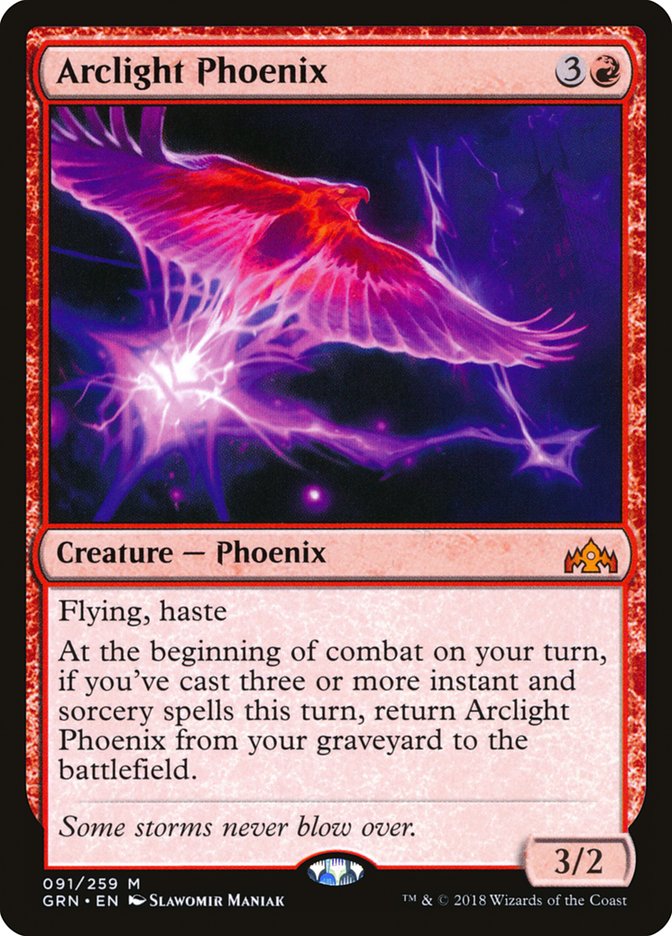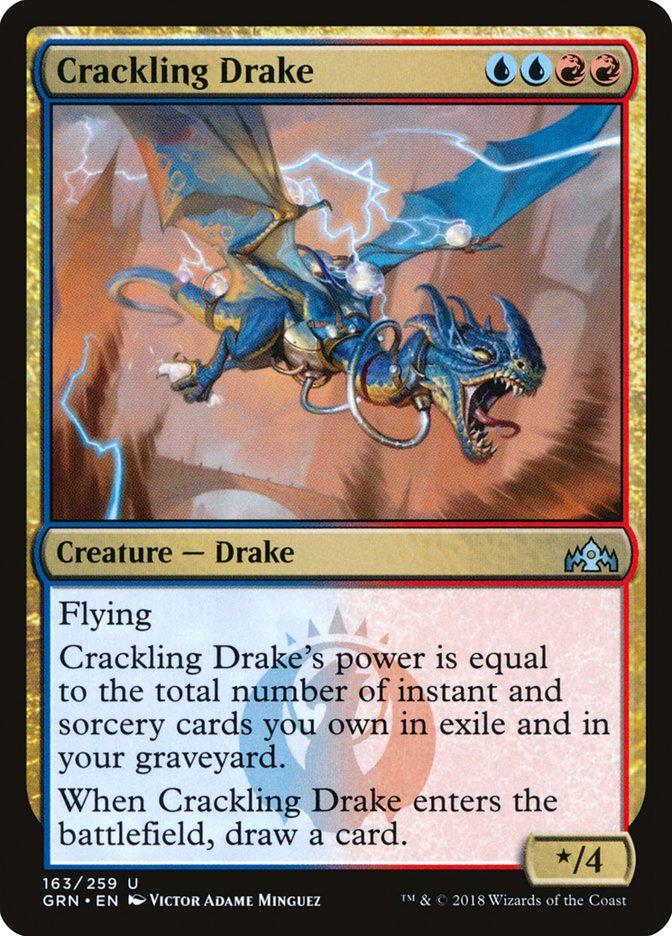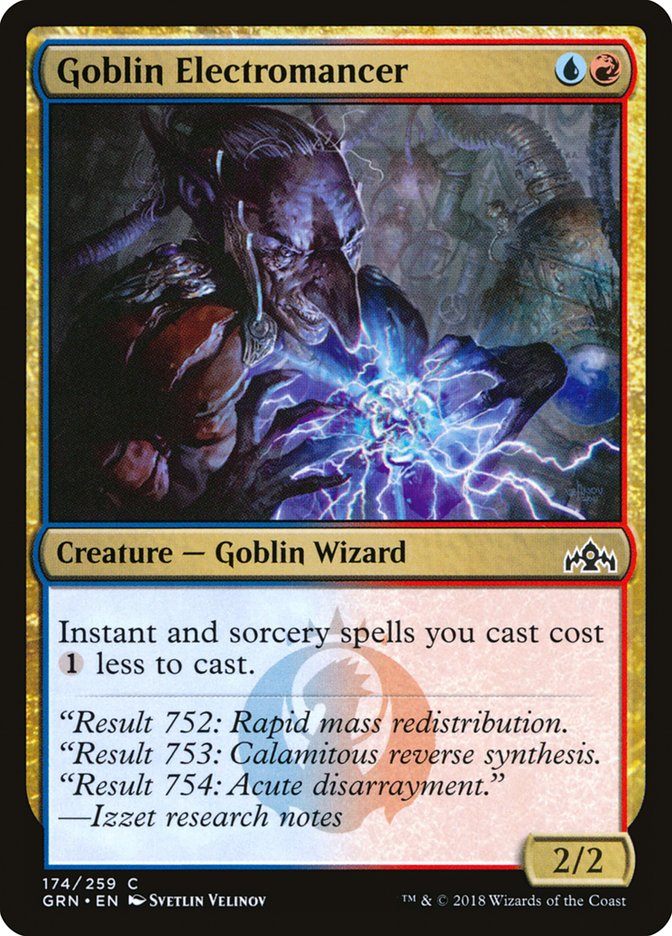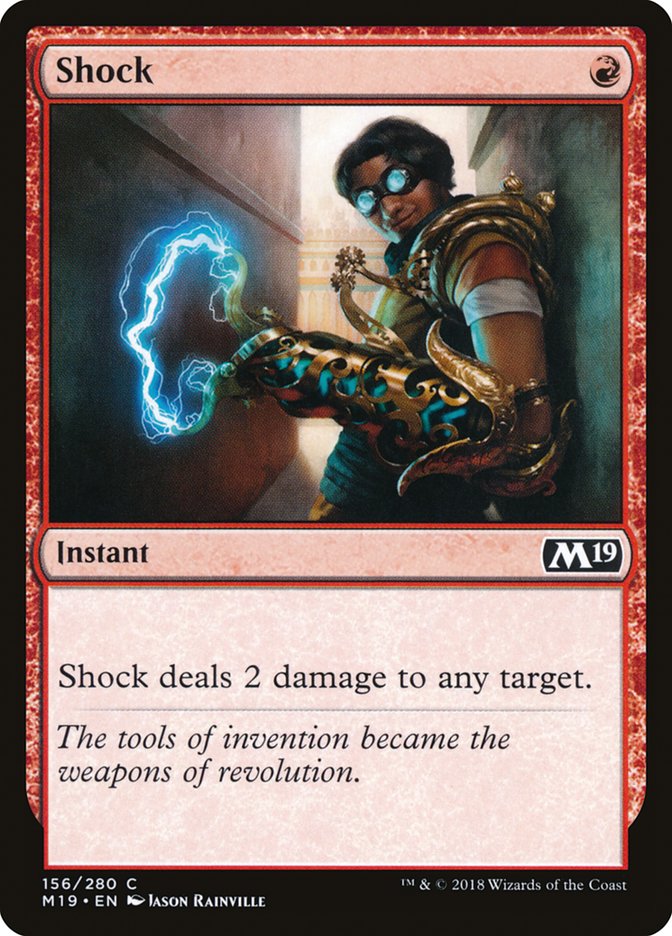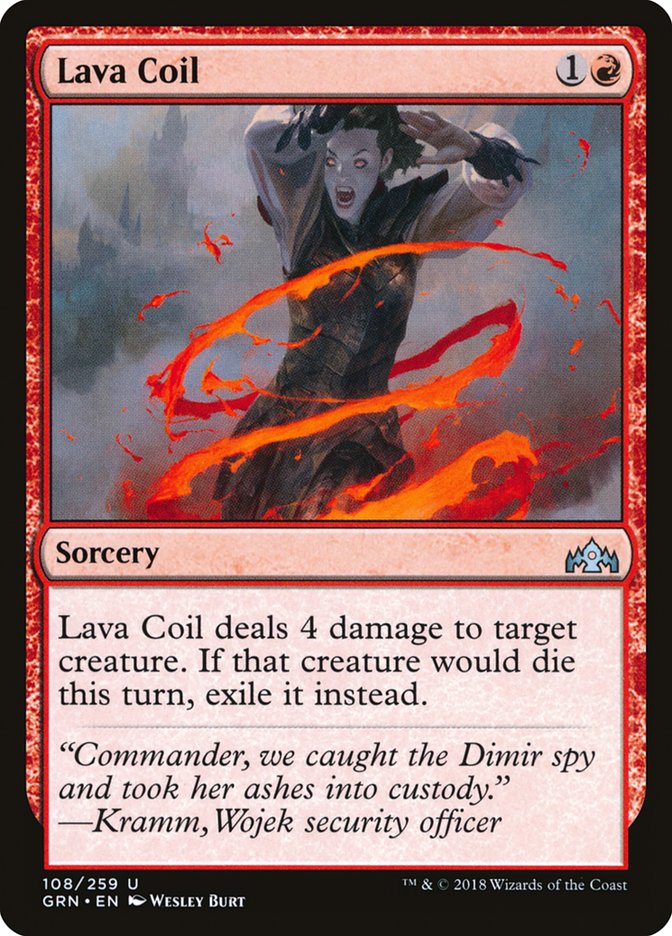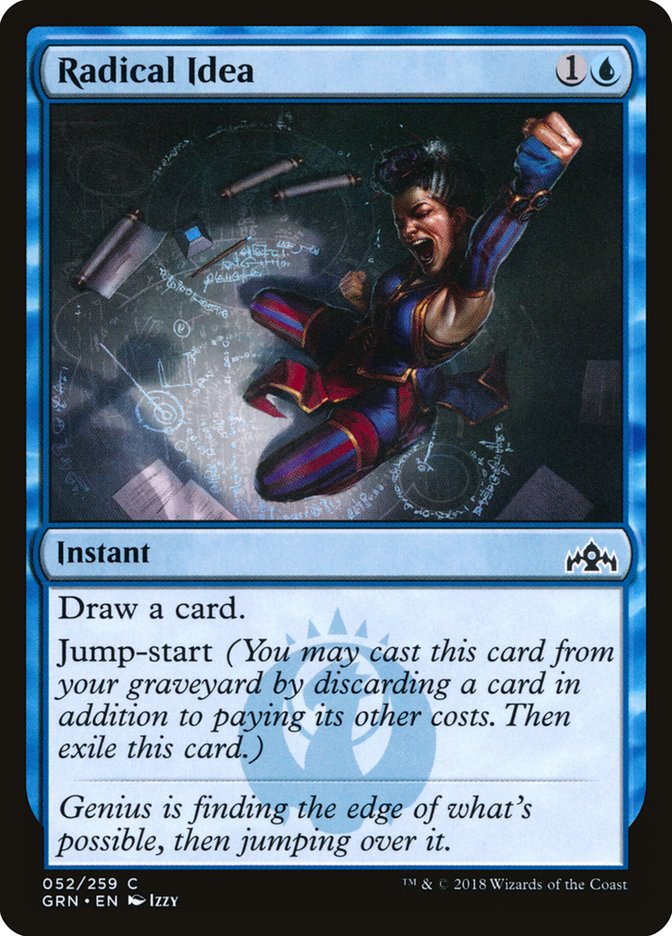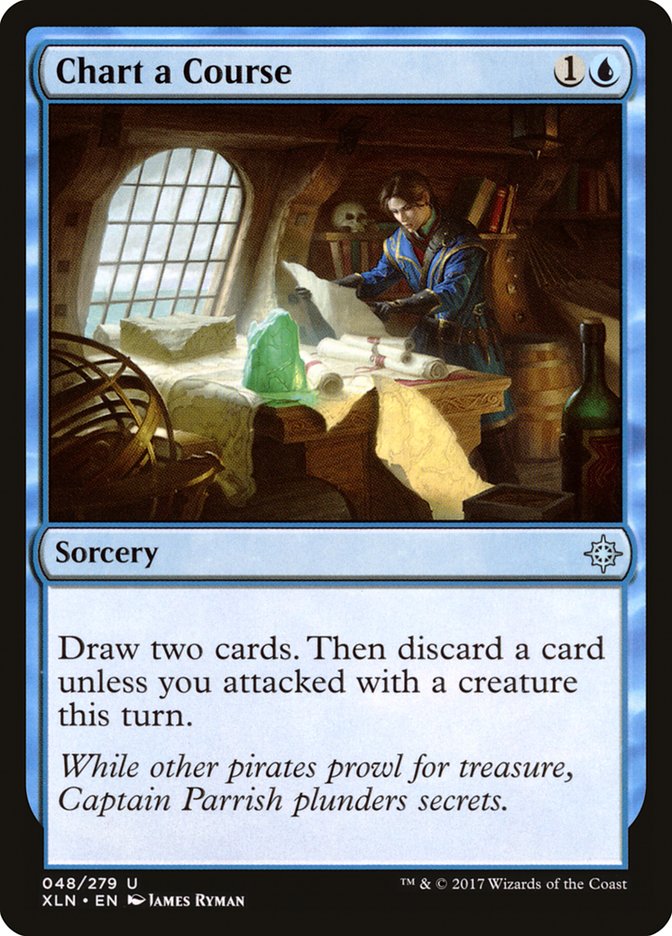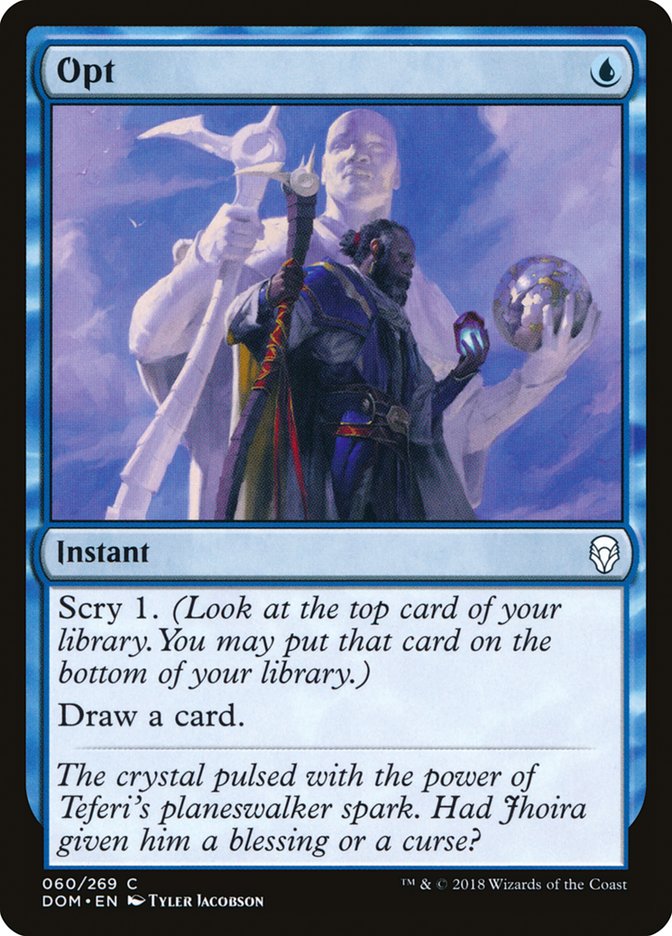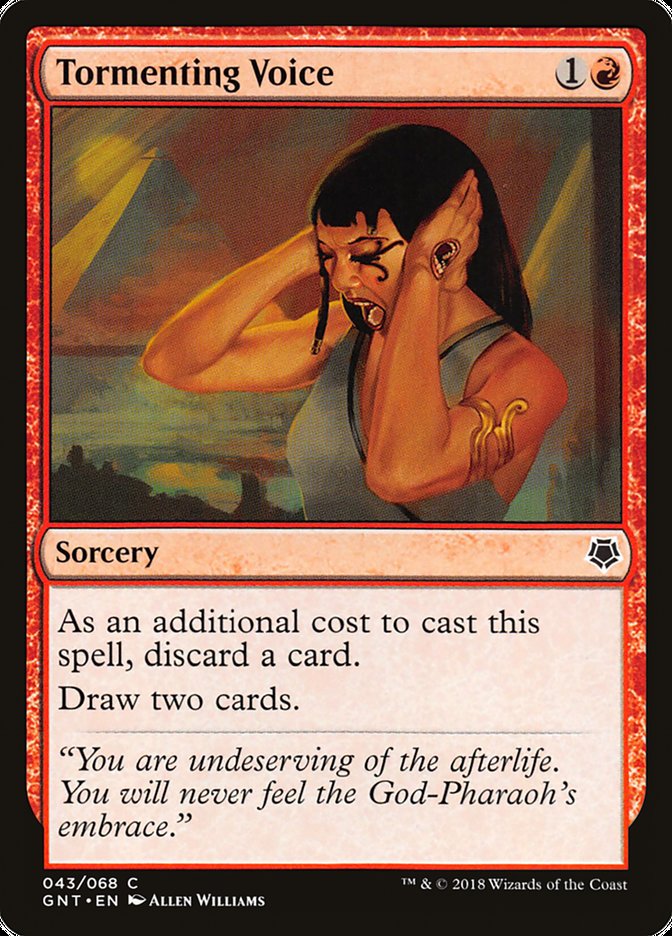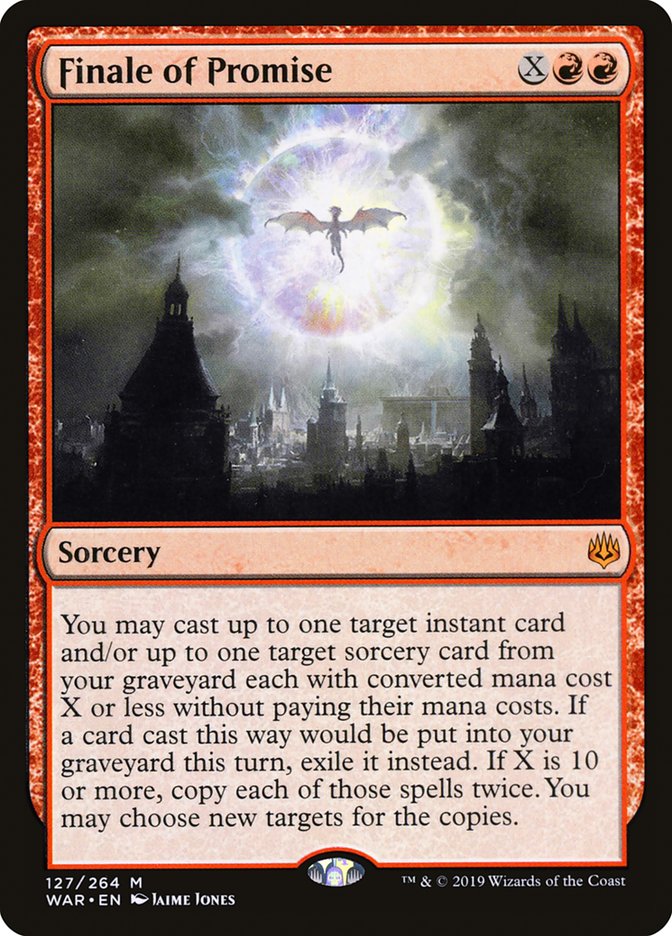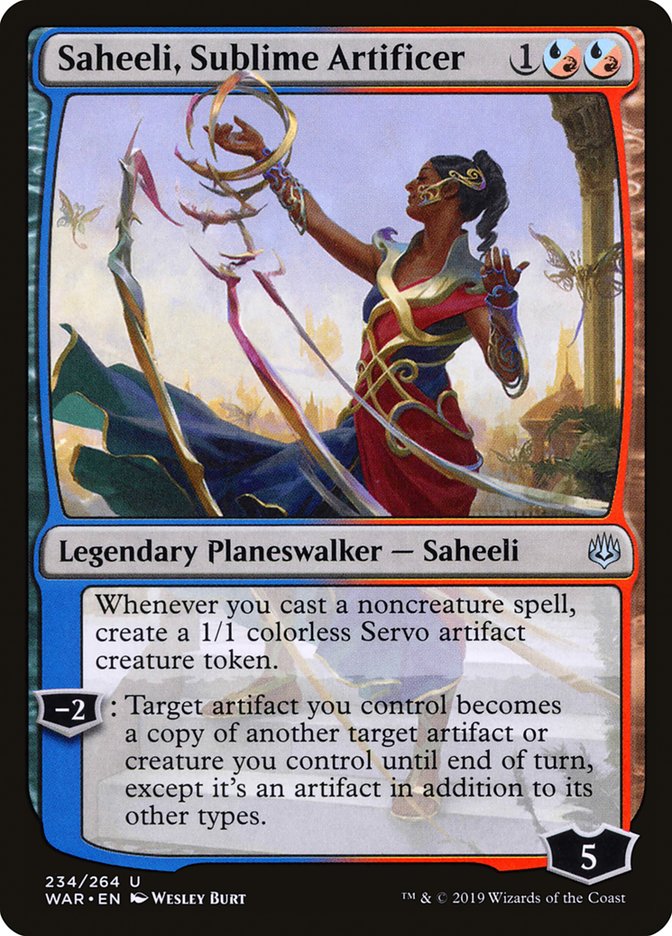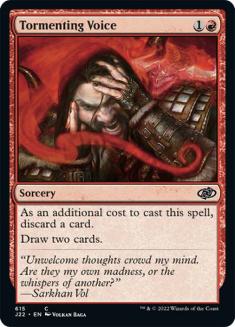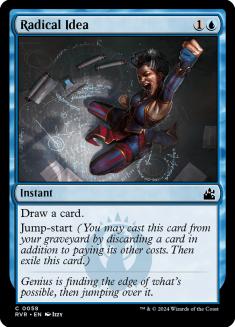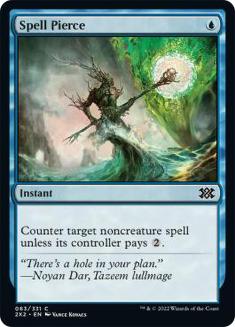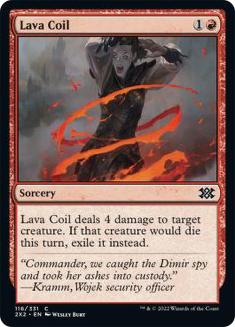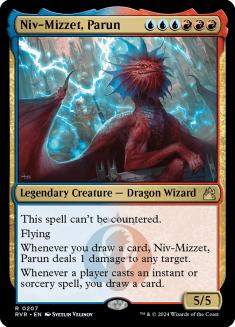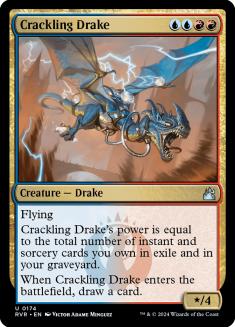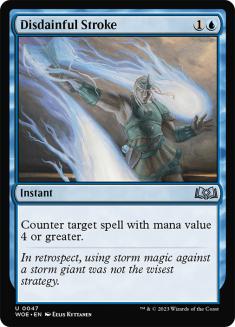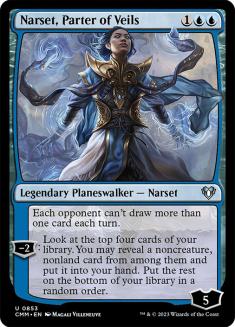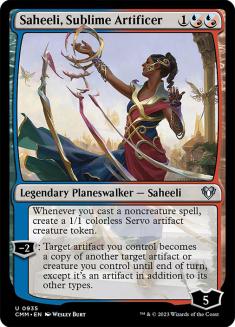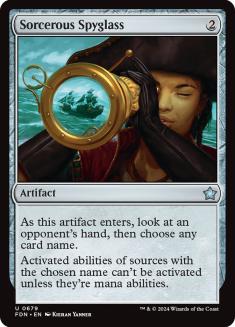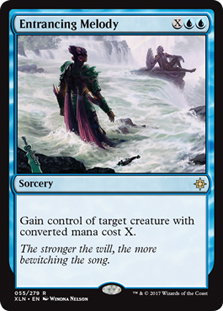We’re two weeks into War of the Spark Standard and I don’t think I’ve ever consistently lost this much in an early Standard format. The games are hard and the punishment for poor sequencing or other miscues is often a swift death. Further, new decks and new takes on old decks are still emerging. A format as complex as this one rewards those who are prepared and those who know their decks incredibly well.
The deck I know the best in this format is unsurprisingly one of the decks that I’m doing a decent amount of winning with – Izzet Phoenix. The recent dominance of Mono-Red Aggro at SCG Richmond has mitigated the popularity of Simic Nexus, the de facto best deck heading into that tournament. Simic Nexus is very good against Izzet Phoenix, mainly because Izzet Phoenix doesn’t play any permission or enchantment removal in the maindeck. Izzet Phoenix excels at combating creature strategies and Simic Nexus operates on a completely different axis. Mono-Red Aggro, on the other hand, can struggle against the plethora of cheap removal that Izzet Phoenix employs.
The other breakout deck from SCG Richmond was Bant Midrange, piloted by SCG Tour mainstays Harlan Firer and Rudy Briksza of Team Nova. Bant also has a favorable matchup against Simic Nexus decks, making things even better for Izzet Phoenix. I wouldn’t feel right giving this endorsement about my favorite deck without some results to back it up. After all, it wouldn’t be the first time I endorsed a deck I liked instead of a good deck, as I’ve certainly played Jeskai Aggro in a field of Rally the Ancestors and Grixis Energy in a field of Mardu Vehicles.
But I digress…
Creatures (12)
Planeswalkers (1)
Lands (21)
Spells (26)

Baltimore-area Izzet aficionado Ryan Aucoin took down the Maryland MCQ for Mythic Championship Barcelona with this list, the exact 75 that Schiaveto used to win the Magic Online MCQ on release weekend. There are only three new cards in the maindeck of this list, a testament to how little flexibility you have in deck construction when building with Arclight Phoenix. You need to have a certain number of cantrips, a certain number of removal spells, and a threat base, so most of the slots are spoken for and the single copy of Saheeli, Sublime Artificer and two copies of Finale of Promise are all you really have room for.
Ryan managed a perfect 8-0 in matches played at the event and the list looks pretty solid. A second copy of Saheeli, possibly over a Crackling Drake, is one swap that warrants consideration. However, it’s worth noting that cutting Crackling Drake is one of the traps you can fall into when building this deck. I wouldn’t go below three copies because the cantrip effect is important in ensuring that you can return Phoenixes later on in the game and an evasive threat that replaces itself really is the perfect card for a deck like this. Instead of breaking down every single card in the deck, I’ve grouped cantrips and removal spells together to discuss their reasons for inclusion (because nobody wants to read 200 words about Opt).
The namesake of our deck is a truly broken Magic card. There are two important things to remember with Arclight Phoenix. First, you will hardcast this card more than you think you will because it’s the best way to kill a Narset, Parter of Veils or a Teferi, Time Raveler. Second, against decks with Vraska’s Contempt or Despark, you can hold a Shock to kill your own Phoenix. This is also relevant against Settle the Wreckage, but that card hasn’t seen a lot of play lately.
This is your best threat against green creature decks that are light on removal. Bant Midrange and Selesnya Tokens both struggle to deal with Crackling Drake and it’s also a great play against Mono-Red Aggro because it has four toughness. Your late-game is good enough against Mono-Red that I generally elect to block with my Crackling Drake unless they’re really short on cards or my life total is really high.
Cracking Drake is mediocre against Esper Control because they have a wealth of removal spells for it, yet is crucial against Simic Nexus because it’s one of the ways to steal a game against them, and since they know you have no way to stop them, you should generally just try to goldfish them as quickly as possible. It usually doesn’t work, but that’s why we have a sideboard!
Lastly, Crackling Drake is the prime target for the -2 ability on Saheeli, as you can often one-shot opponents in the late-game, so don’t use the activations for value early on.
Goblin Electromancer is your best Turn 2 play, as your two-mana cantrips go from borderline inefficient to pretty broken when they all cost one mana. Attacking with an Electromancer and casting Chart a Course is a great way to undo a mulligan and this is often the correct play on Turn 3 in sideboard games when you aren’t likely to be tapping a bunch of mana to return Phoenixes. You want to make a lot of land drops, so attacking and drawing is better than going searching for a Phoenix. The decks you’re doing this against also often have Cry of the Carnarium, so committing a bunch of X/2s to the battlefield can be a liability.
These cards are the reason why you have a good matchup against Sultai Midrange, Bant Midrange, and all types of Gruul. In a pinch, you can Lava Coil your own Goblin Electromancer or Saheeli tokens to get the third spell to trigger Phoenix.
Beacon Bolt is clunky and expensive if you don’t have a Goblin Electromancer, but it’s important to have an out to large Hydroid Krasises and Wildgrowth Walkers. Further, Beacon Bolt is the card you’re often digging for when you’re way behind, and every time I’ve cut it, I’ve regretted it. Drawing it can really swing a matchup in your favor.
Shock is pretty self-explanatory, but remember that you can finish off all the popular five-mana planeswalkers with it if they’ve used the minus abilities. Teferi, Hero of Dominaria; Vivien Reid; and Nicol Bolas, Dragon-God all die to a Shock if they enter the battlefield and immediately use their -3 ability. This is relevant because opponents will often kill Crackling Drake in this fashion and it’s important to make sure they don’t untap with their planeswalker.
These cards comprise the cantrip suite and represent your methods for depositing Arclight Phoenix into your graveyard as well as getting those same Phoenixes back. They each serve their purposes in slightly different ways.
Tormenting Voice comes out a lot in sideboard games because it’s important to keep red mana available for removal spells against the aggressive decks. You have limited red sources, so you’ll only have two on the battlefield when you’re returning Phoenixes on Turn 4 or so. Your Phoenix turns are usually “blue spell, blue spell, red spell,” so having too many red cards can bottleneck you. Also, getting Tormenting Voice Spell Pierced or Negated is bad news, since you’ll lose the card and get nothing back.
Radical Idea and Opt can cycle on your opponent’s turn so you have a little functionality when they have Narset, Parter of Veils. When you’re casting multiple cantrips, Chart a Course should be last, ensuring you can discard any Phoenix you’ve drawn. If you have multiple copies of Radical Idea – one in the graveyard and one in hand – you should make sure to jump-start and discard your Phoenix. You might draw a removal spell you want to cast and your cantrips will always work to return Arclight Phoenix, while removal spells only work when there are creatures on the battlefield. Cast removal when it has reasonable targets and you can always save cantrips for a later turn.
You’ll almost never cast the back half of Discovery // Dispersal. The only things worth returning are Carnage Tyrant, Wilderness Reclamation, and Niv-Mizzet, Parun. In the case of the first two, you might occasionally catch the opponent empty-handed. Against Niv, you’re just trying to buy some time and anything is better than letting them untap with it. Most of the time, you’re better off using Discovery to dig for threats and it’s the strongest way to start a spell chain because it looks three cards deep while the other cards only look at a maximum of two.
Finale of Promise returns Phoenix by itself, provided you have two targets in your graveyard, of course. It’s also a great way to catch up when you’re behind on the battlefield. If you’re behind, Finale can be Lava Coil plus Shock. If you’re ahead or at parity, Finale can be Opt plus Chart a Course. The best part is that it can really be any combination of the fou,r and that’s why the card is so good in this deck.
It’s way harder to run out of gas when you have Finale of Promise. I usually hold it longer than my other spells to make sure it does exactly what I need it to do. That said, Teferi, Time Raveler shuts this card off completely, so be careful not to get it stuck in your hand. If your Finale hits Opt plus Chart a Course, you’ll want to cast the Chart first (so that the Opt resolves first) to ensure you can discard a Phoenix if there’s one in the top four cards. You can cast Finale for zero with zero targets if you’re in a weird situation where you need to cast one more spell. That exact thing happened to me over the weekend, as I needed to pump a Crackling Drake by one and only had two mana left.
Saheeli has provided a huge boost to the power level of this deck, as it’s a resilient threat that diminishes the power of opposing sweepers. Throughout the lifespan of the Izzet Phoenix archetype, players have flirted with adding ways to one-shot opponents. Maximize Velocity was the first, a two-of in Eduardo Sagjalik’s Grand Prix New Jersey Top 8 deck back in October 2018. Maximize Velocity is powerful and certainly warrants consideration in some metagames, but Saheeli changes everything about that slot.
The problem with Maximize Velocity is that it only does one narrow thing. Saheeli provides blockers, invalidates spot removal and sweepers, and can kill the opponent out of nowhere. The combo, for those who haven’t yet seen it, is as follows:
- Cast Saheeli, Sublime Artificer.
- Cast any noncreature spell and make a token.
- On your next turn, cast Crackling Drake and use the minus ability to turn your Servo token into a Crackling Drake.
This obviously won’t always kill your opponent, but as the game goes longer, their removal gets taxed naturally and your graveyard and exile zone grow to be quite large, so it often will be good for upwards of ten damage. I had a game last weekend where I could’ve turned my Sorcerous Spyglass into a Crackling Drake to attack for the win, but I completely missed it! You can also copy Arclight Phoenix, which gives the token haste and can take chunks out of their life total or pressure planeswalkers.
It would be nice to fit the second Saheeli into the maindeck, but I still can’t find a spot just yet.
Sideboarding
Sideboarding with this deck can be simple sometimes because you have lots of dead removal and you take it out in favor of cards that do something. That’s not always the case, though, as decks like Bant Midrange and Esper Hero have creatures, removal, and planeswalkers. It can be tough to find the right configuration against them.
Here’s how I sideboard for the most popular decks.
VS Mono-Red Aggro
Out:
In:
I like having hard counters that I can keep up in the mid- and late-game against Mono-Red Aggro, as their best cards are Chandra, Fire Artisan and Experimental Frenzy. Your best cards are removal spells and Crackling Drake. The two copies of Negate allow you to take some damage early on from their burn. Just focus on killing their creatures and stabilizing around ten life. Block with your Crackling Drake most of the time because they’ll often have to two-for-one themselves to kill it and you’ll usually have more cards left than they do.
I’ve been adding the Niv-Mizzet, Parun so that I have more threats to jam after interacting throughout the early-game. After sideboard, they have Lava Coils for your Crackling Drakes, so having a hard-to-deal-with bomb is valuable.
VS Esper Control
Out:
In:
You’re changing your deck completely for the sideboard games, as the deck essentially functions like a Fish deck against Esper Control. I keep a Shock and a Beacon Bolt in so I have a few answers to Thief of Sanity and an out to Lyra Dawnbringer. It’s probably better to sideboard out the Shock and keep two Beacon Bolts, as this makes you better against Hostage Taker as well, but I was hedging so I could finish off Teferi, Time Raveler and Narset, Parter of Veils.
Sorcerous Spyglass is very important and is the one card that allows you to go long with them. You’ll usually name Teferi, Hero of Dominaria first and the second one names either Azcanta, the Sunken Ruin or Liliana, Dreadhorde General. Liliana’s -4 is their best answer to Niv-Mizzet, so be careful about jamming Niv when he’s your only threat.
They trim on Kaya’s Wrath after sideboarding, so overextending with things that survive Cry of the Carnarium doesn’t come at a huge cost like it would in Game 1. Don’t always jam your Goblin Electromancer on Turn 2 when you’re on the draw because you’ll really want to Negate Narset if they have her on Turn 3.
VS Simic Nexus
Out:
In:
Crackling Drake is a little slow and tapping out can be dangerous, so you trim two copies in favor of Niv-Mizzet, which is slower and more expensive. This seems silly, but Niv has a very high upside and Sorcerous Spyglass gives you the information you need to know when you can tap out. Remember – their Narset shuts off your Niv-Mizzet.
Counter Wilderness Reclamation aggressively and only counter Nexus of Fate or Root Snare when you’re going to kill them, as those spells can be bait for Wilderness Reclamation, the card that really drives their deck. The Spyglass targets are Azcanta, the Sunken Ruin and Tamiyo, Collector of Tales, but remember that you can name Biogenic Ooze if you have to and it’ll slow them down significantly if that was their plan.
Lastly, the Beacon Bolts are for the aforementioned Ooze and Hydroid Krasis.
VS Esper Midrange
Out:
In:
Lava Coil gets trimmed because Shock hits all their best early plays and because they take out Basilica Bell-Haunt, the only four-toughness creature they normally play. Having the second Beacon Bolt is better because games can be grindy, but if you see Seraph of the Scales, keep the Lava Coil and probably bring in the fourth as well because that card is great against our deck.
Saheeli shines here because you kill things, draw cards, and accrue value. You do the same thing they seek to do with Hero of Precinct One, except they can’t kill Saheeli and you can just Shock Hero and move on. There are times when I only had one removal spell, so I let their Hero live until I knew they didn’t have Thief of Sanity. Between our Arclight Phoenixes, our Goblin Electromancers, and our Saheeli tokens, we have plenty of ways to block their tokens or other small creatures.
VS Bant Midrange
Out:
In:
Make sure you have enough removal and your Arclight Phoenixes and Crackling Drakes will take over eventually, as they don’t have a great way to deal with either card. Occasionally they have Vivien Reid, so don’t walk your Crackling Drake into it if possible, and if you see Vivien Reid in Game 1, you can swap a Drake for a Saheeli.
Sequence your removal so that you can kill a huge Hydroid Krasis. Don’t use Beacon Bolt for mana efficiency and end up with a Lava Coil for their God-Eternal Oketra or 5/5 Krasis. Remember – three-mana Teferi shuts off Finale of Promise, so save a hardcast Arclight Phoenix or a Shock to kill it, since you’ll need all the removal spells you can get and Finale is great for that purpose.
Lastly, you can steal a token with Entrancing Melody for zero off Finale!
VS Gruul Aggro
Out:
In:
Another good matchup where your removal is generally effective. I usually react early and then deploy my Crackling Drakes once I’ve dealt with their first wave of threats. They have very few answers to Niv-Mizzet, so it’s a great follow-up to an early-game filled with one-for-one removal. If we’re killing their threats instead of deploying our own, it’s likely that their hand contains some removal and we want our follow-up spell to be as hard to deal with as possible – that’s the theory behind Niv in this matchup. Their creatures have trample, haste, flying, and sometimes more than one ability on the same card, which makes Saheeli living unreliable, so I cut the one copy.
There are obviously some other matchups you could face, but these have been the most popular ones I’ve seen lately. I’ve been a huge proponent of Izzet Phoenix for months, but the recent results show that I’m not the only one who thinks the deck is well-positioned right now. If you’re also a fan of a Standard Izzet Phoenix strategy, be sure to let me know about it on social media.
If you see me in Syracuse, come up and say hello. Good luck this weekend!


